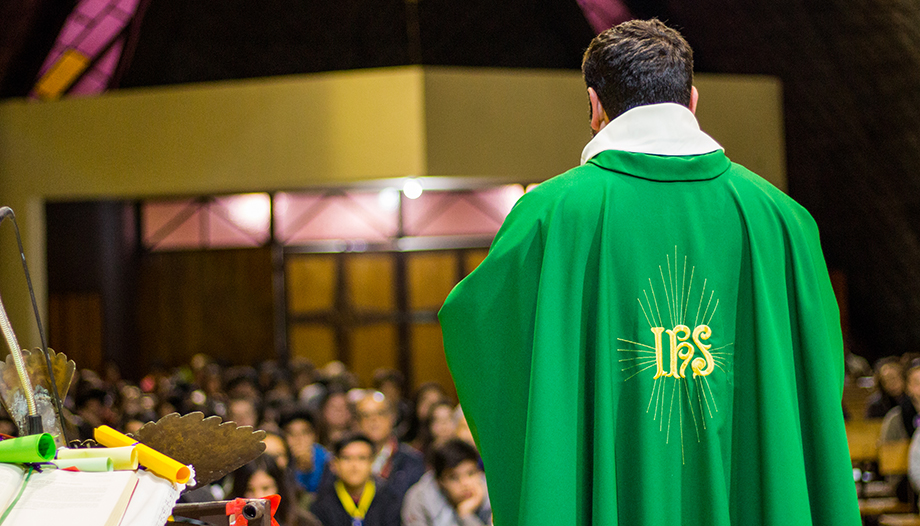We put on the thermometer only if we suspect we may be getting sick. It is a way to check our condition, but it is not -nor should it be-, the only way if we want to have an accurate diagnosis. If it gives us 36 degrees Celsius, well, there is nothing to worry about, although if we are not feeling well we should keep looking. If we go over 37... - we should start taking medication, stay at home and keep looking. If the temperature is 40 degrees Celsius the best thing to do is to go to the emergency room. In any case, taking a temperature is only a first step.
"I have a full church" say with satisfaction some priests, the fewer; "I have a fairly full church" says the optimistic priest, "I have a half-empty church", the pessimist; "no one comes to Mass" is a declaration of eviction.
Mass attendance can be a good thermometer of the health of the Church. But only that, a thermometer, not the parameter that describes the whole reality. We have to look at more things. By the way, when we are not concerned about Mass attendance, just as if we are not concerned about body temperature, it can be a sign of good health.
There are places where a few years ago the church was bursting at the seams and today it is a wasteland and, on the contrary, there are other neighborhoods where the church was empty and today it is full. What has happened in between? Evangelization. Or the lack of it.
"The sacred liturgy does not exhaust all the action of the Church" (SC 9): it must be preceded by evangelization, faith and conversion; only in this way can it bear its fruits in the life of the faithful: new life according to the Spirit, commitment to the mission of the Church and the service of her unity. (Catechism of the Catholic Church, 1072)
The Sacred Liturgy, that is, the Mass, must be preceded by evangelization. We can ask ourselves: Do we understand this "must be" in the past perfect or in the present continuous tense? If we understand it in the first form we will assume that it has already been evangelized, that Mass attendance is the consequence and that it is only a question of time, and of nature doing its work, for the Church to be emptied. If we understand it in the present continuous and put evangelization, making disciples, at the center of our strategy and not mere attendance figures, then we are in a "sustainable" model of church growth. And if apart from the "temperature" we take into account other parameters, we will arrive at a better diagnosis of the health of the Church.
All this leads us to consider those who go to Mass not as attendees but as potential disciples. It is not a matter of keeping them, but of making them grow.
A curious thing happens in some parishes. A very high percentage of those who fill the church on Sunday do not come to the parish during the week, and a more or less high percentage of those who come to the parish during the week do not come to the church on Sunday (children and young people in catechesis, their parents, Caritas users and even people who participate in various parish activities). This has to make us think about whether the number of people attending Mass is the right indicator of parish health.
In short, it is not a question of belittling the people who go to Mass, which today is no small thing, but of seeing how to make them become true disciples who grow.







